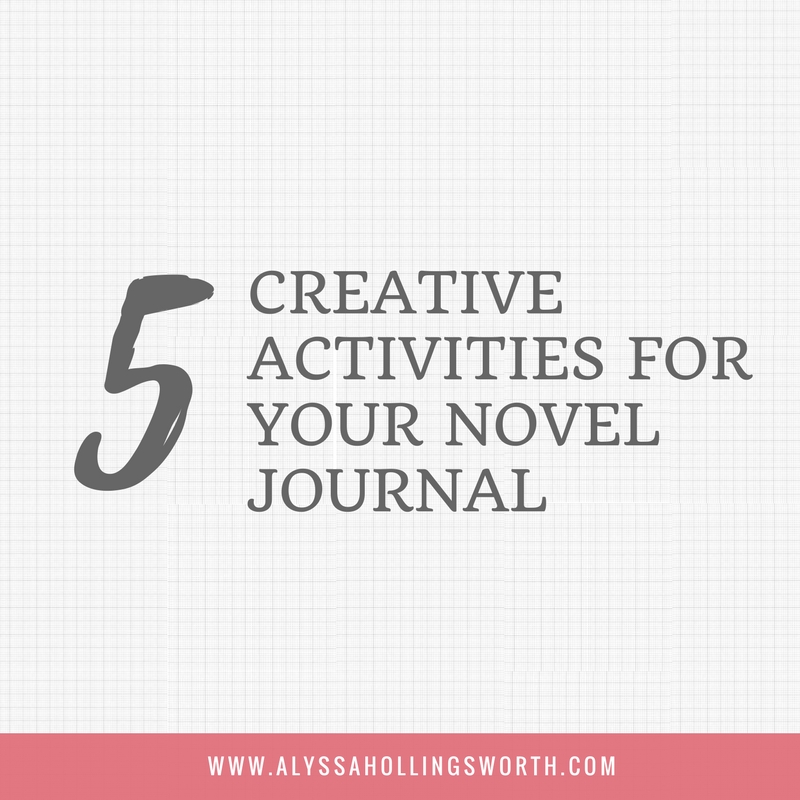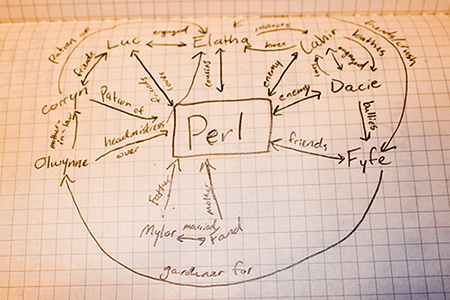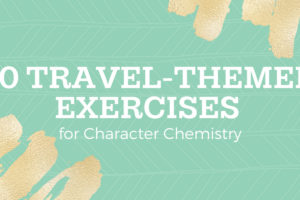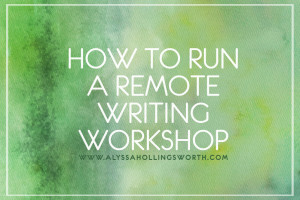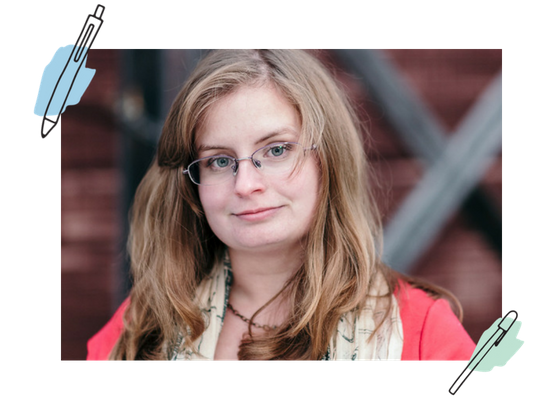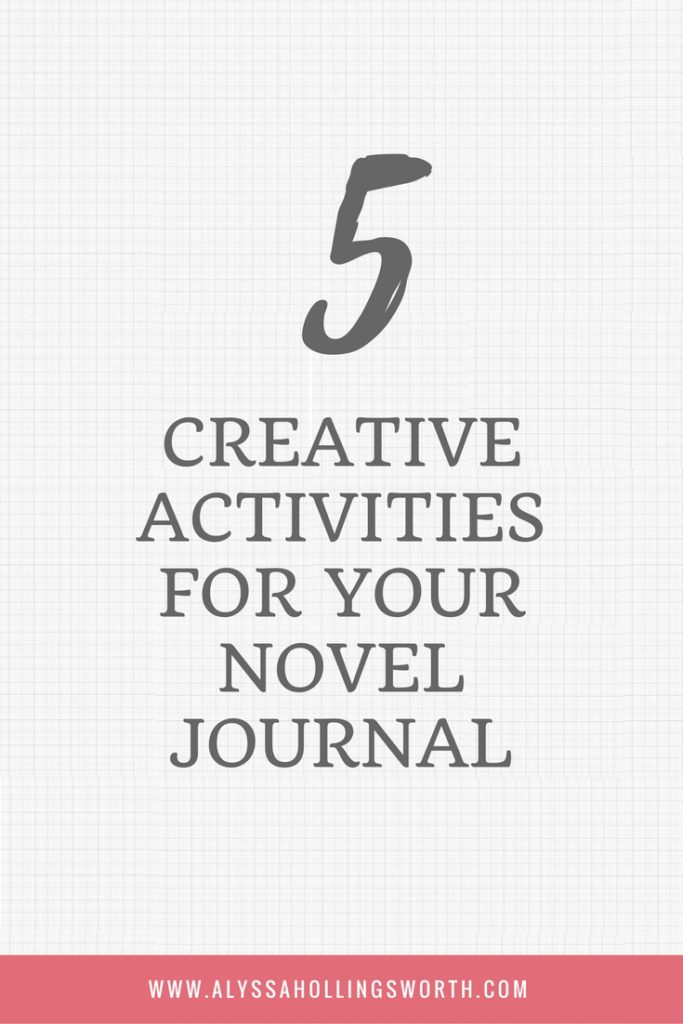 I’ve finished my WIP’s first journal, and I have to say: I’m in love. Before this journal, I never knew the wonders of graph paper and all the creativity you can unleash on it.
I’ve finished my WIP’s first journal, and I have to say: I’m in love. Before this journal, I never knew the wonders of graph paper and all the creativity you can unleash on it.
Having a journal can be a great way to keep notes, brainstorm off the computer, do research, or just relieve stress. My journal was stuffed with the usual sort of thing (character arcs and bios, scene ideas, name research, etc.), but I also branched out and tried to find unusual or more creative ways to explore my story.
Below are my five favorite creative activities that just might help you with your journal, and your novel!
5. Relationship maps.
Get all your characters down on one page and map out how they relate to each other–who’s whose mom, who’s whose love interest, etc. This will help you keep track of all your characters and the intricate web of their relationships.
You can also map out your characters by identifying which settings they inhabit and which ones they move through. For instance, in my story I have a girls’ school, a garden, a palace and a city. Some of my characters never leave the school, but a few move back and forth between the world of the school and other specific settings. I find it helpful to look at this map when I need to figure out who has access to what.
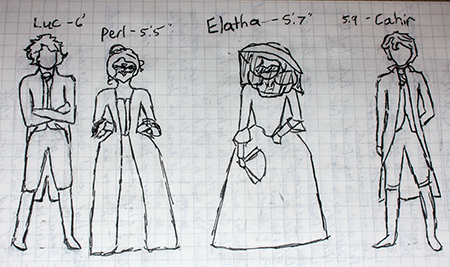
4. Height charts.
Disclaimer: I stole this idea from my sister, who does it much better than me.
I found a proportion tutorial on Pinterest and used my graph paper lines to cheat and make it easier to draw out the measurements. Though my sketches are amateur at best, it was still good to actually sit down and force myself to think about how tall/short my characters are in comparison to each other.
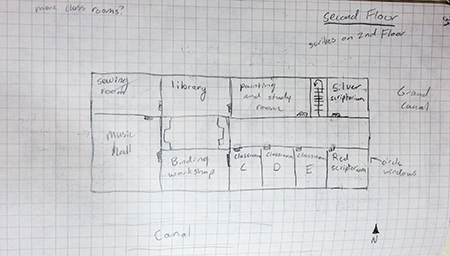
3. Floor plans.
I’ve never done floor plans for settings before, and basically I regret everything in my past. Floor plans save so. much. freaking. time. I struggle with choreography in scenes anyway, and it’s a whole lot simpler when I at least know where the doors and the windows are.
There are a lot of floor plan resources online–from actual floor plans to floor plan programs–but I found it easiest to just put the good ol’ No. 2 pencil to paper. This also made it a breeze when I needed to adjust a room or layout. I’d definitely recommend this for any reoccurring, enclosed setting in your story–whether a school, a house, or a ship.
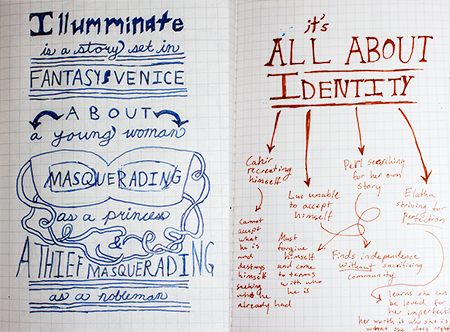
2. Write out the important stuff.
Whenever I came up with something important in my story (the main theme, or the elusive novel-in-a-sentence summary), I readied the pretty pens and went to work. Normally I sketched the text in pencil first, drew over it with pen, then erased the pencil once the ink had dried.
Whether you want to go all out typography crazy or whether you struggle with basic handwriting, I still recommend this. There’s something about writing this out, by hand, and putting some effort into it (if only by drawing a lot of arrows around it), that makes the story feel more real.
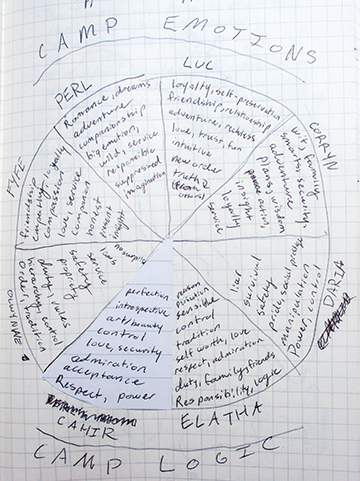
1. Character dynamics circles.
I’d come across relationship circles for corporate settings where opposing personality types are shown opposite each other, and I wanted to make a version of my own.
First I made a table and wrote each character’s name in all caps. Underneath their names I listed values that are important to them (power, order, romance, etc.) and words that describe them (liar, wild, sensible, etc.). I tried to list the characteristics roughly in order from most important/representative to least.
Once the table was done, I paired characters with their most opposites based on their characteristics (for instance, my romantic interest is opposite my antagonist). Then I drew a circle and divided it into 8 (though you can do any even number) and wrote out the information, placing the opposite characters on opposite sides of the circle. I was surprised to find out my characters actually fit rather neatly into two camps–Camp Logic and Camp Emotions!
This circle is especially helpful whenever I’ve got two (or more) characters in a room together. It’s like a cheat sheet for conflict and character chemistry.
Have fun filling up your journal!

